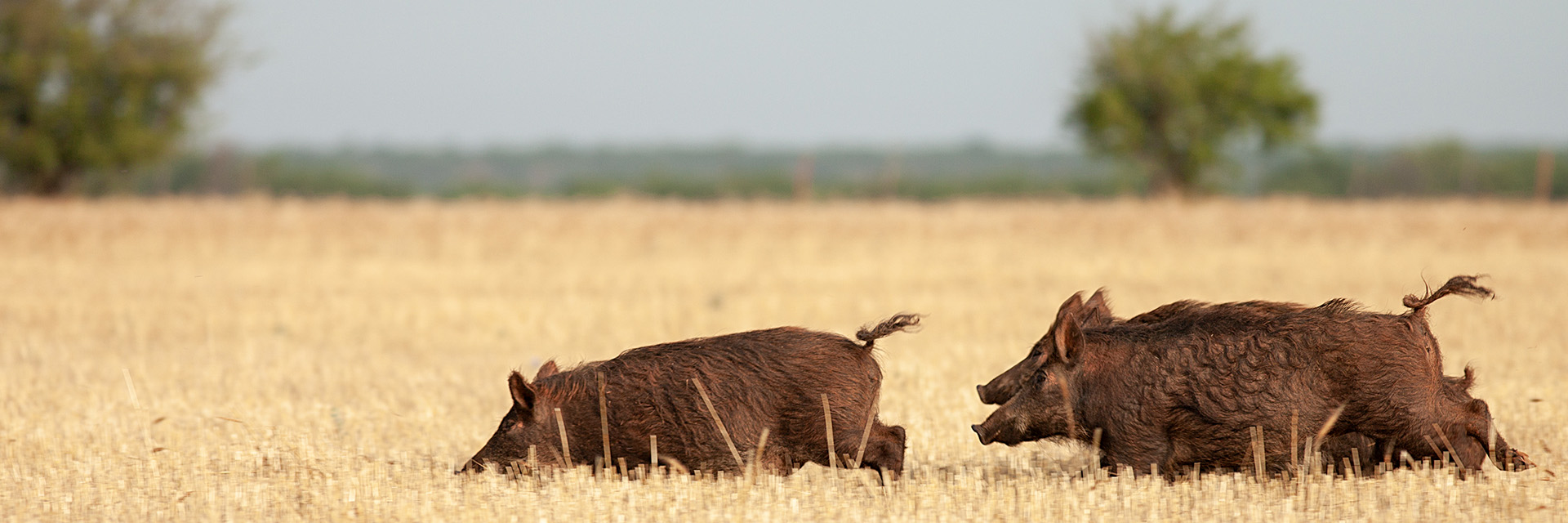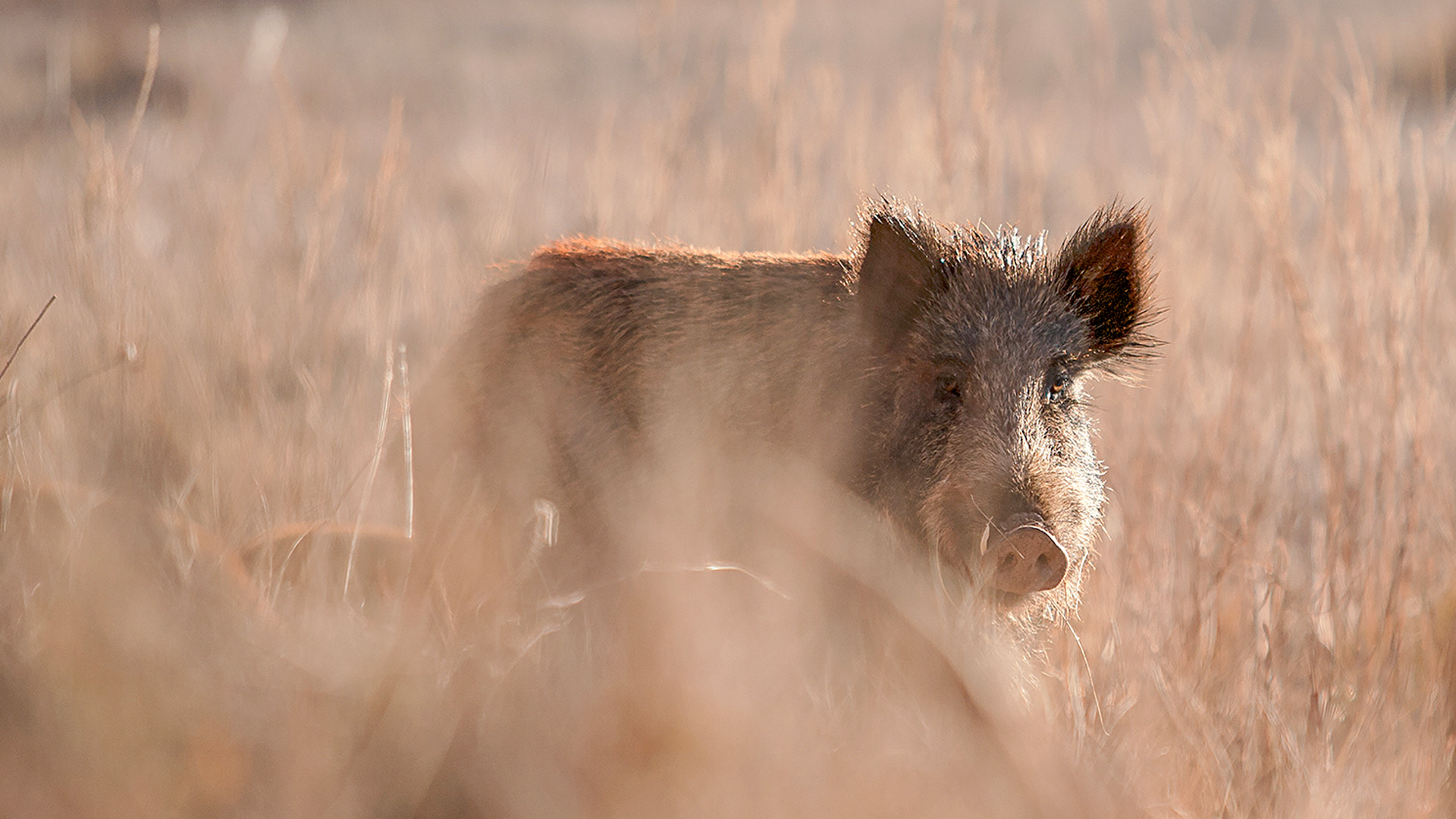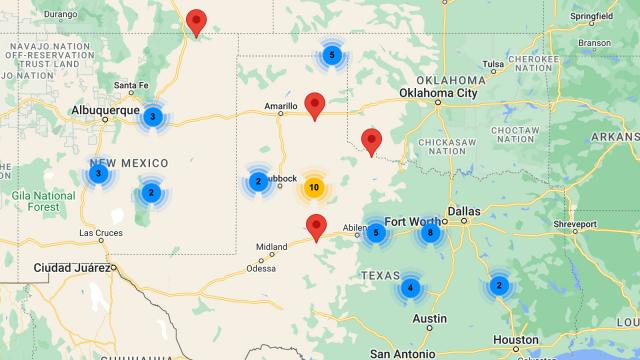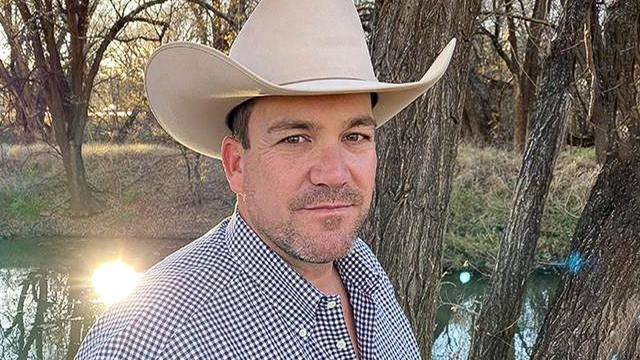If you are a landowner, hunter, outdoorsman, farmer, or rancher in Texas you’ve likely got an opinion on feral hogs. Known by many names, including wild boar, razorbacks, Russian or Eurasian boar, one thing is certain, they’re here and they’re probably here to stay. Feral hogs are located in almost every single county in Texas. The biggest population densities of wild hogs can be found in East, South, and Central Texas, and they usually live in whitetail deer habitat.
According to wildlife biologists and experts with Texas Parks and Wildlife, most feral hogs are relatives of domestic hogs that either escaped or were released for hunting purposes. With each generation, their domestic characteristics diminish, and they develop the traits needed for survival in the wild. Feral hogs may appear basically the same as domestic hogs and will vary in color and coat pattern. A mature feral hog may reach a shoulder height of 36 inches and weigh from 100 to over 400 pounds. The extreme larger hogs are generally not far removed from domestication and males are usually larger than females.
Hogs have four continuously growing tusks (two on top, two on bottom) and their contact causes a continuous sharpening of the lower tusks. They have relatively poor eyesight but have keen senses of hearing and smell.

According to TPWD, there is an estimated population in excess of two million feral hogs in Texas disbursed throughout the state. The population is due in part to intentional releases, improved habitat, increased wildlife management, and improved animal husbandry such as disease eradication, limited natural predators, and high reproductive potential. There seem to be very few inhibiting factors to curtail this population growth and distribution although extreme arid conditions may impede it. Texas Monthly posted an article online that reads: The wild pig population in Texas has likely outstripped the human population in Dallas and Houston combined. Many Texans are committed to controlling their numbers. Others have accepted the pigs as a swine of the times.
Feral hogs are capable of breeding at six months of age, provided there is good nutrition. The gestation period is around 115 days with an average litter size of four to six. Under good conditions, feral hogs may have ten to twelve young per litter. While capable of producing two litters per year, research has shown the majority of sows have only one per year. Consider that for a moment. Up to two litters per year and with good conditions each litter can contain as many as a dozen piglets.
Feral hogs will generally eat under the cover of darkness and are primarily seen around dusk and dawn. They are omnivorous, meaning they eat both plant and animal matter. In fact, it seems that they’ll eat just about anything. Swine are very opportunistic feeders and much of their diet is based on food availability. Wild or feral hogs will eat grasses, forbs, roots, browse, acorns, fruit, and mushrooms. They’ll eat animal matter including invertebrates, reptiles, amphibians, and scavenge on dead animals, as well as live mammals and birds if given the opportunity. Feral hogs are especially fond of domestic agricultural crops such as corn, milo, peanuts, etc., which makes them a target for farmers and producers. Wild hogs have been known to terrorize deer fawns and raid the nests of ground-nesting birds such as quail, making them public enemy number one of many dedicated sportsmen.
Texas Parks and Wildlife claims that feral hogs are present in every county of Texas except for El Paso. They thrive in just about every habitat from the Piney Woods of East Texas to the Brush Country of South Texas, Central Texas, all throughout West Texas and the Panhandle. TPWD allows hunting of feral hogs year-round and hunters are not required to obtain a state hunting license so long as they are on private land.
In Texas, sportsmen are allowed to hunt feral hogs using just about any method you can imagine, and hunting is legal day and night. Legal weapons include firearms as well as traditional and modern archery equipment. Methods range from spot and stalk hunting to sitting in hunting blinds over feeders or other bait. There are dozens of outfitters offering hunting trips and the use of night vision or thermal imaging equipment, especially in agricultural fields where feral hogs often feed at night.
Helicopter hog hunts have become very popular since that method of hunting was legalized many years ago. There are now dozens or maybe even hundreds of pilots across the state offering to take hunters up to buzz across thousands of acres of fields and pastures while shooting hogs with semi-automatic rifles and shotguns. Less traditional methods include using dogs to track and often bay hogs while hunters dispatch the animals using large-caliber pistols or even large knives or spears. All of these methods are legal, but probably the most common way that hogs are hunted by farmers, ranchers, or sportsmen is by driving through their property and happening upon a sounder of hogs. Their poor eyesight often limits their ability to protect themselves and many hogs are killed every year by rifles sticking out of the window of feed trucks or hunting rigs.
Information about Hunting Feral Hogs in Texas - CLICK HERE
It is thought that wild pigs cause up to $1.5 billion in damages across the US, USDA records show, with $800 million due to direct damage to agriculture. Nationwide feral hogs are trapped, hunted for sport both on the ground and aerially, and targeted by government trappers. Still, their numbers continue to grow steadily in many areas. Hunting feral hogs out of helicopters is recognized as the most effective method to control numbers. Across the state, there are many companies that will take hunters out for the day to fly over thousands of acres with no limit on the number of hogs that can be killed. Many landowners readily sign authorizations for their properties to be included in flight paths, generally receiving little to no compensation.
It’s not hard to hunt feral hogs in Texas and that’s partly because there are so many of them here. Some experts claim that the Lone Star State has more feral hogs than any other state in the nation.
There are people that want hunting feral hogs to be more regulated and claim that the loose reins actually tend to lead to the increasing numbers. It’s no secret that there are people transporting trapped wild hogs and releasing them into new places to replicate hunting opportunities seen in other areas. I’m sure people are even transporting them across state lines to release them. They’re not hard to trap and traps are cheap.
Texas allows for feral hogs to be trapped and sold, a practice that many ranch hands and day-working cowboys I know partake in. The state publishes a list of registered buyers and approved feral swine holding facilities. Hogs are bought and sold by the pound with a bonus often being available for larger hogs.
Approved Feral Swine Holding Facilities in Texas - CLICK HERE
Wild hogs that have been purchased are often retained in pens and fed grains and other suitable feed to promote growth, then sold to processing companies such as Southern Wild Game. These facilities are subject to the same USDA standards and inspections as other livestock plants. Some of the meat is exported while most is sold locally and advertised as leaner, healthier wild boar.
There are tons of recipes online, however, you should take precautions when butchering feral hogs. Wild hogs are known carriers of Hepatitis E, Tuberculosis, Leptospirosis, and Trichinellosis, all of which affect humans. Hogs are also known to be carriers of brucellosis, a highly contagious disease that can be transmitted to humans from animals. Brucellosis can occur by ingestion of undercooked meat from infected animals or close contact with their secretions. Humans can contract swine brucellosis if blood, fluid, or tissue from an infected animal comes into contact with the eyes, nose, mouth, or a skin cut. The Centers for Disease Control and Prevention recommends the following precautions when field dressing hogs:
- Use clean, sharp knives for field dressing and butchering.
- Wear eye protection and rubber or latex gloves when handling carcasses.
- Avoid direct contact of bare skin with fluid or organs from the animal.
- After butchering, burn or bury parts of the carcass that will not be eaten.
- Avoid feeding raw meat or other parts of the carcass to dogs.
- Wash hands as soon as possible with soap and warm water for 20 seconds or more. Dry hands with a clean cloth.
- Clean all tools and reusable gloves with a disinfectant, such as diluted bleach.
- Thoroughly cook the meat (internal temp 160 degrees). Be aware that freezing, smoking, drying, and pickling do not kill the bacteria that cause brucellosis.
Field dressing the hog allows it to cool quickly and helps prevent damage to the meat. The process is much like what you might have experienced in gutting a deer. A sturdy and sharp knife is advised when skinning hogs because they are much tougher than a deer. Keep your knife sharpener handy or have replacement blades on hand.
It is doubtful that feral hogs will be in danger of being eradicated or placed on the endangered species list anytime soon, which is fine with many sportsmen and women in Texas and throughout the rest of the southern US. Sportsmen will be hanging tree stands and getting hunting blind setups ready many years from now, and hunting feral hogs will likely be the gateway for many youth hunters for decades to come.

photos by Wyman Meinzer



